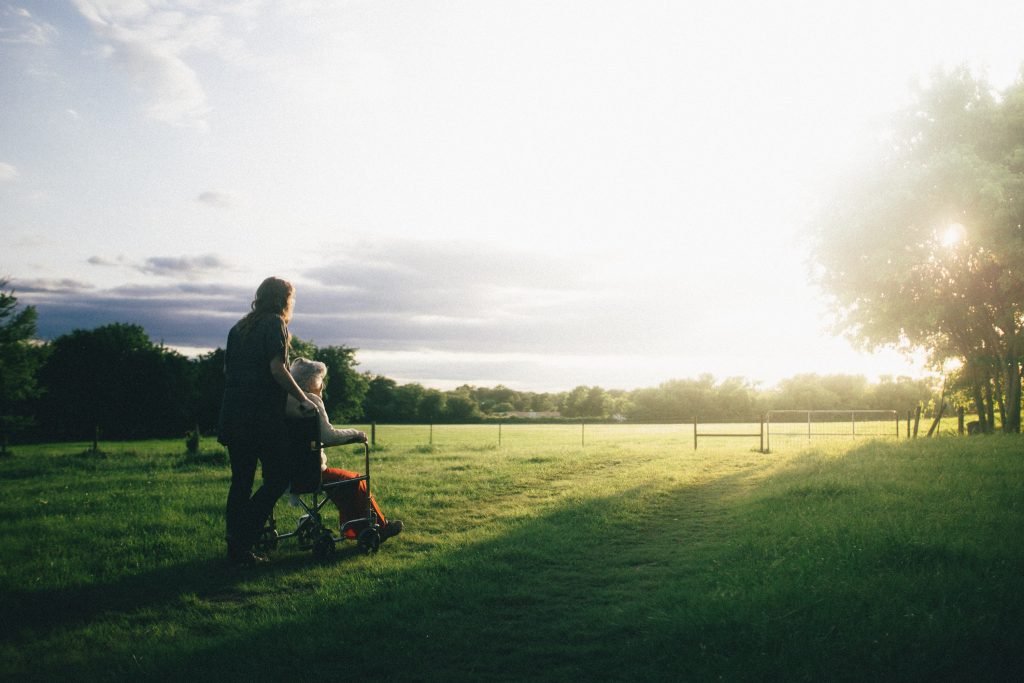Falls among elderly individuals are a serious concern, with one in four adults aged 65 and older experiencing a fall each year. These falls can lead to significant injuries, hospital visits, and, in some cases, require surgery. The most frustrating aspect of this widespread issue is that it is largely preventable. With the right tools, strategies, and awareness, caregivers can greatly reduce the risk of falls and keep their loved ones safer.
Understanding the Importance of Fall Prevention
The risk of falling increases with age, but it is not an inevitable part of aging. Many factors contribute to the risk, including mobility issues, medication side effects, home hazards, and physical conditions like poor eyesight or balance. Fortunately, there are a variety of effective practices and interventions that can help prevent falls and improve safety, particularly within the home.
“Falls are preventable,” says Deirdre O’Flynn of O’Flynn Medical. With the right knowledge and proactive measures, caregivers can significantly reduce the risk of falls and help keep elderly individuals safe and independent for longer.
Best Practices for Preventing Falls at Home
- Home Modifications for Safety The first step in preventing falls is to assess and modify the home environment. Many common hazards, such as clutter, rugs, and poor lighting, can contribute to accidents. Dr. Allison Capps of Belle Therapy & Wellness emphasizes the importance of creating a safer living space: “Removing clutter, eliminating rugs, and ensuring proper lighting in all areas can make a huge difference.”
- Lighting: Adequate lighting is essential in every room, hallway, and staircase to ensure that any obstacles are visible.
- Flooring: Floors should be smooth and free from raised transitions, which can cause trips. As Matt Finn, an architect specializing in cognitive design, points out, “High contrast between different flooring materials can be misinterpreted as a change in height, leading to falls.”
- Grab Rails: Installing grab rails in bathrooms, near stairways, and in hallways can provide much-needed support and help prevent slips.
- Non-Slip Surfaces: Non-slip mats and rugs should be used, and floors should be made from materials that reduce the risk of slipping.
- Fall-Proofing Staircases Stairs are one of the most common places for falls to occur. Lori Yount, Vice President of Operations at CareBuilders at Home, offers this practical advice: “Use brightly colored duct tape on stair edges to make them more visible. Adding strips of puffy plastic shelf liner to stair handrails can also improve grip and reduce slip risk.” The stairways should be clear of obstructions, and handrails should be sturdy and easily accessible. If possible, stairs should have slip-resistant coverings to further minimize the chance of a fall.
- Medication Management Many older adults take medications that can increase the risk of falling. Certain drugs, especially those that cause dizziness, drowsiness, or blurred vision, can impair balance and coordination. “Consult your pharmacist about side effects that could increase fall risks,” advises Carlin Longley, a registered nurse at LowKeyDad.com. Medications like antihistamines and sedatives are particularly notorious for causing these issues. Regularly review medications with healthcare providers and consider adjusting dosages or switching medications to reduce these side effects. Additionally, be aware of any interactions between medications that could make falls more likely.
- Assistive Devices and Technology In some cases, assistive devices can be invaluable in preventing falls. Items like walkers, rollators, and canes can provide additional support when walking, while also helping elderly individuals carry items like groceries or drinks without overexerting themselves. For those with severe mobility issues, hospital beds equipped with fall prevention features, such as built-in alarms or low-height designs, can make a significant difference in reducing the risk of falls. The Ook Snow Medical Bed, for instance, includes an integrated alarm system that alerts caregivers when the patient attempts to get out of bed, preventing dangerous falls. Furthermore, personal medical alert systems are highly recommended. These devices can notify emergency services if a fall occurs, providing peace of mind to both the elderly person and their caregivers. The key is ensuring that these devices are easy to use and accessible to the individual.
- Physical Health and Exercise Exercise plays a vital role in maintaining strength, flexibility, and balance—all of which are crucial for fall prevention. Activities like walking, tai chi, or even simple balance exercises can improve coordination and reduce the risk of falls. Regular check-ups with a healthcare provider are also essential, particularly for eye and hearing exams, as diminished senses can contribute to fall risk. Dr. Mike Hoaglin suggests that keeping frequently used items within easy reach can also help prevent falls: “Make sure that commonly used items, like the phone, snacks, and the TV remote, are within arm’s reach to reduce the temptation to get up and grab them, which could lead to an accident.”
- Fall Prevention Plans Prevention is crucial, but it’s also important to have a plan in place for when a fall does occur. “Be prepared for any eventuality,” says Teri Dreher, a patient advocate and registered nurse. Having a clear strategy for what to do if a fall happens—including contact information for emergency services and details of the person’s medical history—can save valuable time during an emergency. Additionally, maintaining a detailed record of previous falls can help healthcare providers understand risk patterns and refine care strategies. Keeping a fall-prevention crash mat by the bed is another simple measure that can reduce injury in case of a fall.
The Role of Caregivers in Fall Prevention
Caregivers play a vital role in ensuring the safety of elderly individuals, and their efforts can significantly reduce the likelihood of falls. By being proactive, vigilant, and patient, caregivers can create a safer environment and minimize risks. From home modifications to regular medical reviews, there are many tools at their disposal to prevent accidents.
Importantly, caregivers should prioritize their own well-being too. Fall prevention can be physically demanding, so taking regular breaks, seeking support when needed, and managing caregiver stress are essential to avoid burnout.
Conclusion
Preventing falls in the elderly is not just about eliminating risks, but about taking a holistic approach to health and safety. With the right home modifications, proper medical oversight, assistive devices, and physical activity, falls can often be prevented. By adopting best practices for fall prevention, we can help ensure that elderly individuals live safer, healthier, and more independent lives.
At O’Flynn Medical, we provide a range of equipment and support to help make these goals achievable. Whether you’re looking for fall-prevention devices, hospital beds, or advice on creating a safer living environment, we’re here to help you keep your loved ones safe and secure.
By following these best practices, caregivers can create a safer home, reduce the risk of falls, and provide the best possible care to elderly individuals, enhancing both their safety and quality of life.



